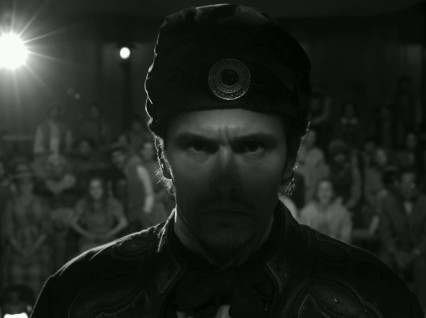I want to be a “proper” skeptic, to use my reasoning skills as a method of filtering out the nonsense in this world, but I have a Googling problem.
Using a search tool to find answers may be lazy skepticism, but we all do it to some extent, don’t we? Search: “Rash on armpit” and any number of results can appear, but which are most relevant and reliable? Usually, it’s easy to tell a better web site when it cites proper sources, but you can never be too sure about the accuracy of any anonymous content.
Plus, it’s still fairly impossible to know whether the answer you’re seeking about a rash involves lymph nodes or deodorant. For that, you need a doctor, but is it worth bothering a doctor about a rash? What if it’s nothing? What if it goes away? What if you can fix it yourself?
I don’t have a rash. I do however have family members who have anxiety-related issues.
Lately, my daughter has been revisiting a condition called Pollakiuria, otherwise known by it’s descriptor “Frequent Daytime Urination”. I know she has Pollakiuria because I googled the symptoms and that is the condition that matches perfectly. I have looked into the alternative diagnoses, but they don’t seem to fit.
Her symptoms of constantly feeling the need to pee are exactly the same as last year when we went to the urologist at the Children’s Hospital. They never officially diagnosed her with Pollakiuria, probably because it’s a scary sounding name; but, I’d rather have a name to something than vague answers and shrugged shoulders. Anyway, the urologist just told us that the sonogram indicated that she was mysteriously not voiding her bladder appropriately and suggested some kegel exercises for her to try. The problem lasted a month or two, and then it vanished as quickly as it came with no rhyme or reason.
Now that the symptoms are back a year later, I want the answers that Google and the Urologist can’t provide. The problem with Pollakiuria is that the root cause is unknown. Some of the research seems to suggest that the cause is stress related, but the stress that my daughter experiences on a daily basis doesn’t seem to be anything more than the typical adolescent worries and concerns. There are very few alternative explanations other than stress, which seems like a shot in the dark rather than a sure thing.
What I have noticed are signs of anxiety that are related to the fear of not finding a bathroom. She is afraid to take long walks for fear that she won’t find a potty. She is afraid to take long car trips because she knows we will be annoyed at stopping for bathroom breaks. I can’t imagine the feeling of sitting in classroom and wondering how long she can wait before asking the teacher if she can go to the bathroom… again! And I’m sure the panic sets in when she realizes that if she waits too long, there could be a terribly embarrassing puddle to explain.
Anxiety and panic are the hardest problems for which to find definitive answers. I remember when my dad repeatedly visited the hospital with symptoms of heart attack before he was finally diagnosed with “Panic Disorder”. This was before the age of Google, so it was especially frustrating in our household to understand this thing that was happening. There were all sorts of sub-symptoms like phobic avoidance (eliminating foods or activities that seemed to cause panic) and agoraphobia (avoiding places for fear of dying in public). We also spent our fair share of time trying to figure out why and how it all happened.
Even now that we have an idea of that the root causes are an imbalance of chemicals in the brain, it can still be frustrating. There aren’t good answers for what causes an episode, why an episode occurs, or how the panic can suddenly make his blood pressure or pulse so erratic that it necessitates a trip to the ER. Even medications such as xanax are not completely helpful. Meditation and mindfulness seem to help, but panic is hard to eliminate. Like an addiction, it can control you and change your behavior. It is very frustrating when something has control over you, rather than you having control over it.
There may be some easy answers out there for these conditions that are just waiting to be discovered. For now, anxiety-related disorders are extremely frustrating for people like me who seek to understand the natural world.
If you reached this article via Google… I encourage you to make an appointment with a specialist. These are not the answers you’re looking for… move along, move along.












Recent Comments